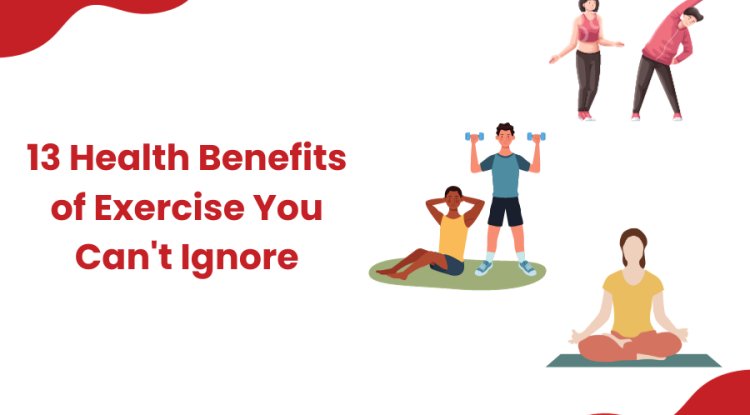First Aid for Seizures: What to Do and What Not to Do

If you're not sure how to react, seeing someone have a seizure can be frightening and overwhelming. But knowing what to do and not do during a seizure can make a big difference in protecting the person's health and safety.
This blog will go over seizure first aid procedures, including crucial actions to take and typical errors to stay away from.
Recognizing Seizures
Abnormal brain electrical activity causes brief alterations in consciousness, movement, or behavior. Seizures can range in length and intensity from little symptoms to protracted occurrences that need for medical attention. Seizures of the tonic-clonic (formerly called grand mal), absence (previously called petit mal), and focal varieties are common.
What to Do During a Seizure
- Keep Calm: Breathe normally and keep your cool. Although seeing someone else have a seizure might be upsetting, staying composed can enable you to react appropriately and offer the person having the seizure support.
- Assure Safety: Lead the person gently to a secure location free from any dangers or pointed objects. Clear the area to avoid injury, and use your hands or a soft object to cushion their head from impact.
- Note the time the seizure starts: When a seizure occurs, medical personnel can gauge how long it will last and whether or not to intervene.
- Protect the Person's Airway: To help keep the airway open and avoid choking, lay the person on their side. Take off anything that can impede breathing and loosen any tight clothing around the neck.
- Stick by the Person: Throughout the seizure, stick by the person's side and provide comfort. Restraining or keeping them down might injure them and exacerbate their agitation.
- Check Breathing: If needed, watch the person's breathing and be ready to start CPR. Longer seizures can cause breathing issues, but most are short and do not need medical attention.
During a Seizure, What Not to Do
- Do Not Panic: Being panicked might make things worse and make it more difficult for you to react appropriately. Remain composed, concentrate on helping and making sure the person is secure.
- Don't Restrain Movement: When someone is having a seizure, don't try to hold them down. Let the seizure to pass and concentrate on keeping the surroundings safe and preventing damage.
- Don't Put Anything in Their Mouth: Despite what many people think, during a seizure, nothing needs to be put in their mouth. They run the risk of hurting their jaw, teeth, or airways doing so. Furthermore, there is no chance that during a seizure the person may swallow their tongue.
- Never Leave the Person Alone: Whether it's their first seizure or if they're having chronic or recurrent seizures, never leave a person alone during one. Companion them till the seizure stops and they have completely recovered awareness.
- Don't Give Food or Drink Right Away Following the Seizure: Hold off on giving food or drink until the person is completely conscious and can swallow securely. When food or drink is offered in the postictal state—the time just after a seizure—choking is more likely to occur.
CONCLUSION
It can be quite different to guarantee the safety and well-being of the individual having the seizure if one knows how to react. You may reduce the possibility of injury and soothe the person at a difficult moment by remaining composed, making sure they are safe, and offering the right support. Recall that every seizure is different, hence all during the episode, you must be alert and sensitive to the person's demands.
What's Your Reaction?


















